Where the City Breathes: Yerba Buena Gardens
A Conversation with Seve Ghose of Yerba Buena Gardens
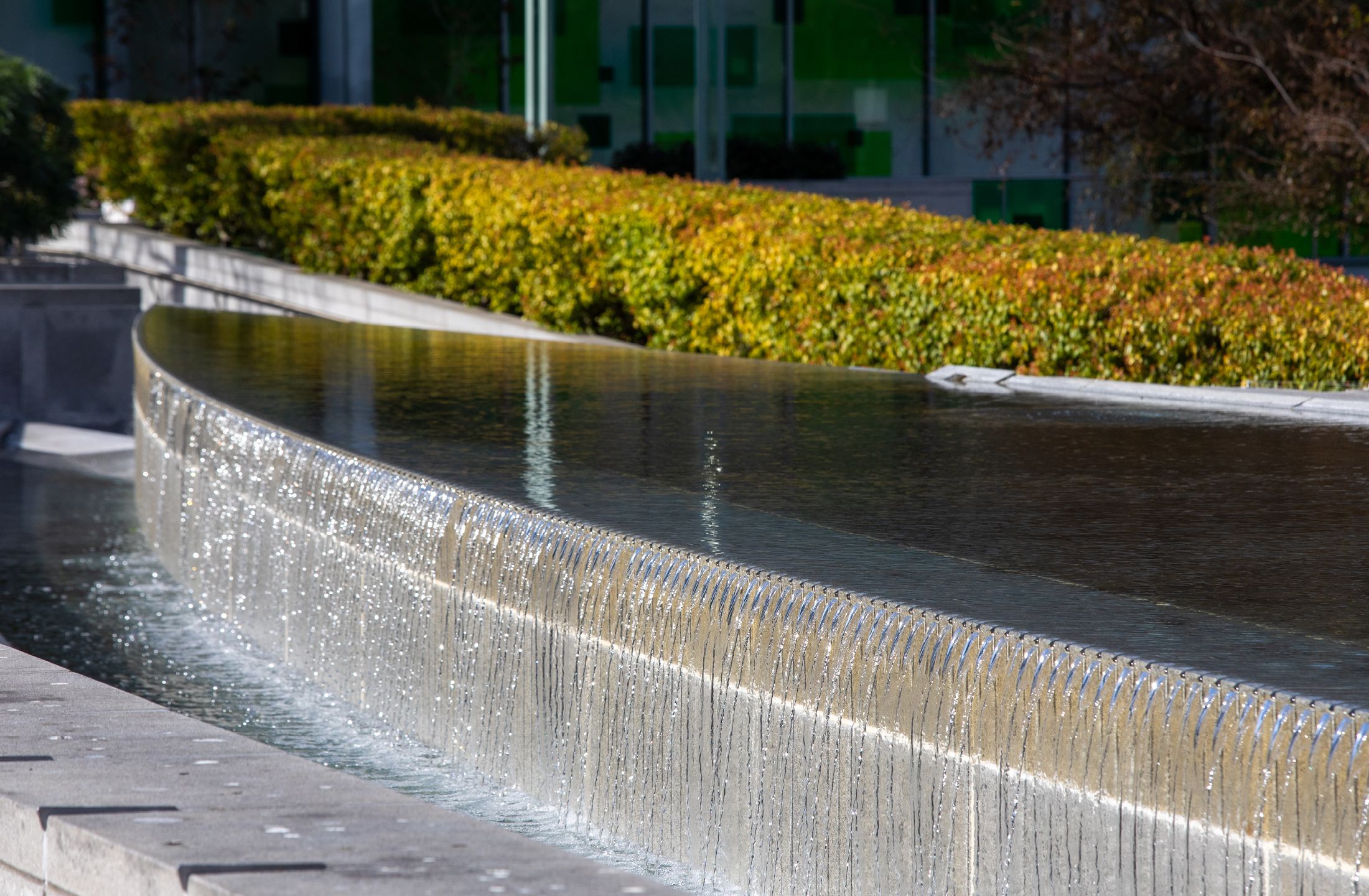
Tucked just outside the doors of Four Seasons Private Residences, 706 Mission, Yerba Buena Gardens unfolds as one of San Francisco’s most layered and dynamic urban sanctuaries.
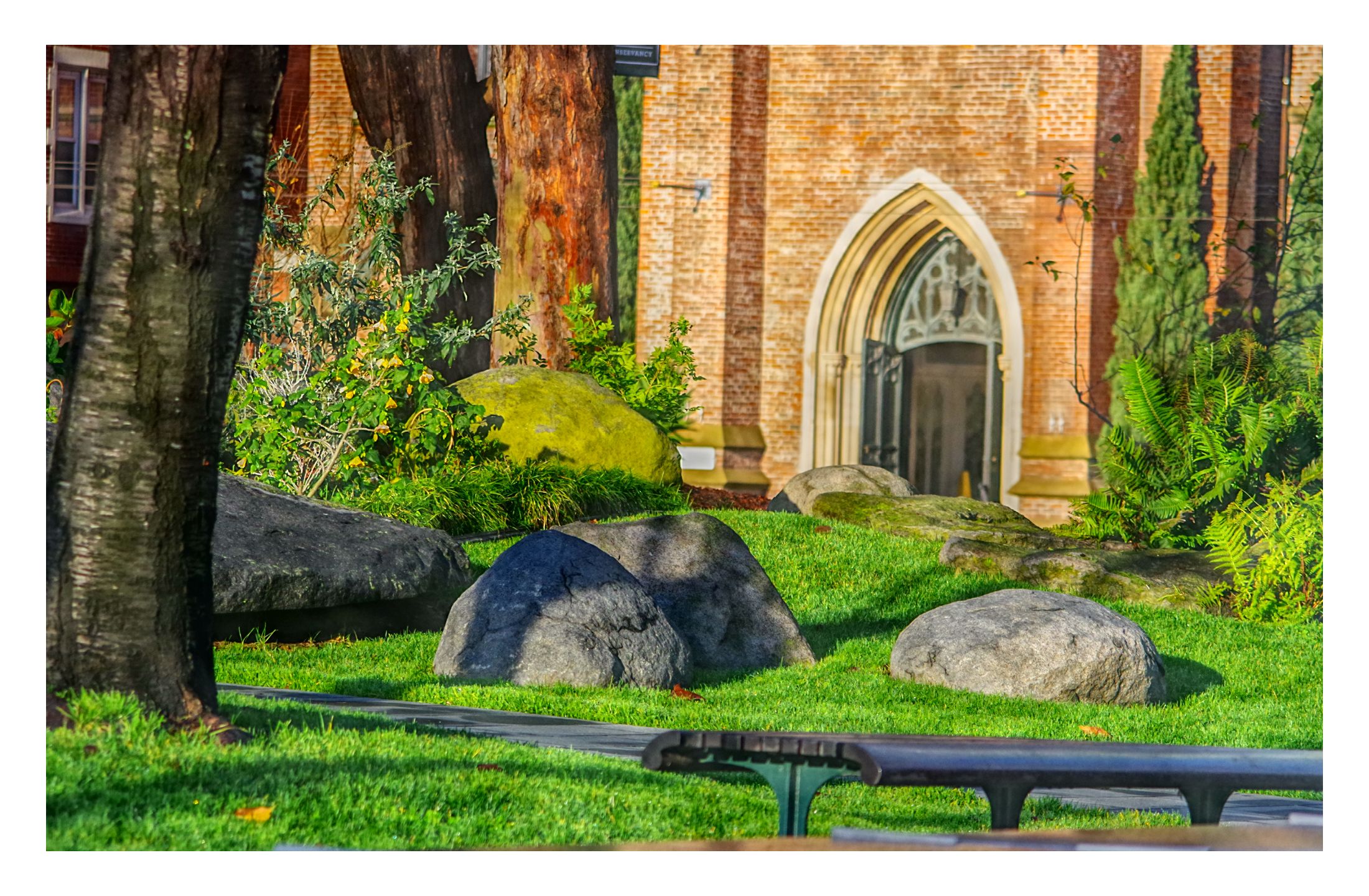
In this exclusive interview, Executive Director Subhajeet Seve Ghose shares how the two-block cultural commons continues to blossom—with native gardens, monumental public art installations, and a year-round roster of admission-free events that bring vibrancy to the city’s downtown core.
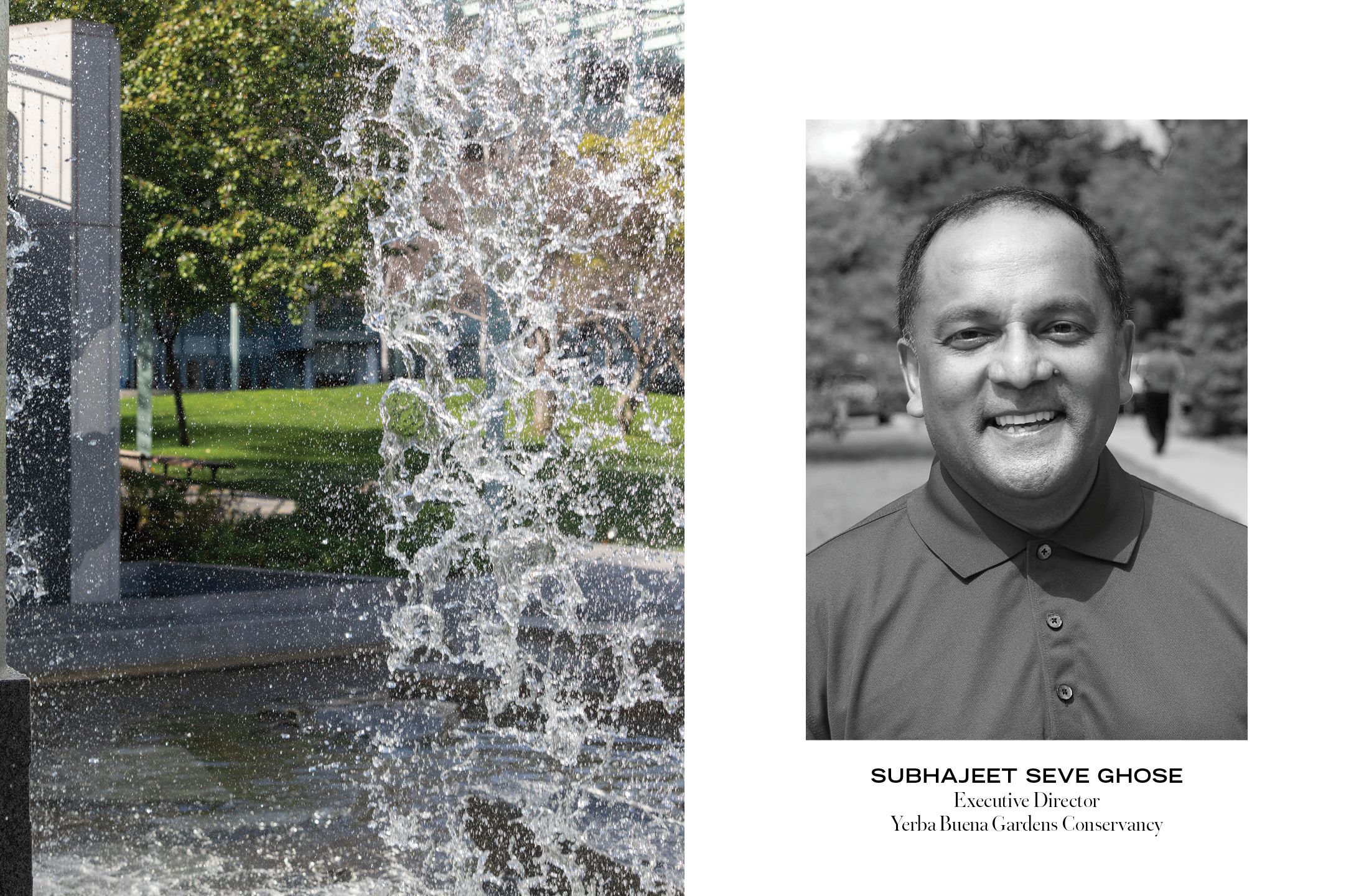
Seve Ghose is a revered parks and recreation executive with more than 30 years of experience across five states. Prior to joining the Yerba Buena Gardens Conservancy in 2022 as its first full-time Executive Director, he led major departments in cities such as Portland and Louisville, bringing an innovative, community-first approach to public spaces. A champion of inclusive programming and thoughtful placemaking, Ghose is committed to fostering cultural engagement and civic pride through green space activation and dynamic partnerships.
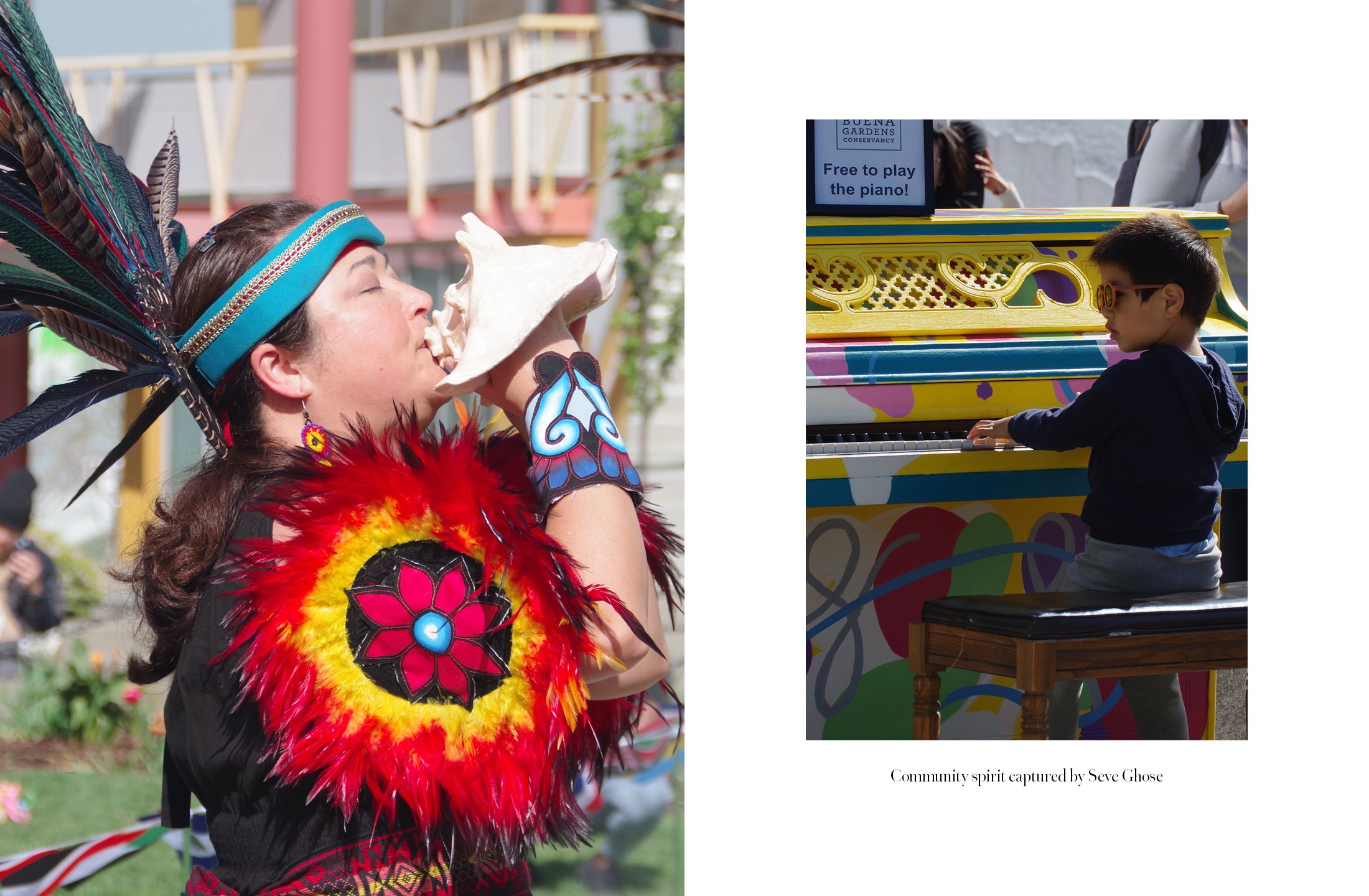
Q: The San Francisco Chronicle recently described the Yerba Buena Gardens Festival as a blueprint for revitalizing downtown San Francisco. What made this 25th anniversary season so impactful?
Seve Ghose: We bookend the season with big performances—this year we opened with a crowd of over 3,500, and we’ll close with another large-scale concert in August. The opening day featured Grammy-winning Los Angeles band La Santa Cecilia alongside Bay Area femméton vocalist and multi-instrumentalist La Doña—a perfect pairing of touring talent and homegrown artistry. Later in the season, highlights include Ethiojazz legend Hailu Mergia, the Movement Immigrant Orchestra led by Meklit, and soul vocalist Madison McFerrin with The Seshen. The festival runs from May 10 through October 3, offering approximately 80 concerts on Thursdays and Saturdays, all admission-free. It’s inclusive, accessible, and really activates the space, bringing joy to the community.
Q: What other programming are you proud of this year?
SG: We hosted our first-ever youth chess tournament. We have 12 outdoor chess tables that weren’t being used, so we partnered with the nearby Mechanics' Institute and the Yerba Buena Center for the Arts to make it happen. We had over 320 children competing, and more than 1,800 people attended. Many of them had never been to the Gardens before, even though they live in San Francisco. That’s exactly the kind of engagement and discovery we’re trying to build.
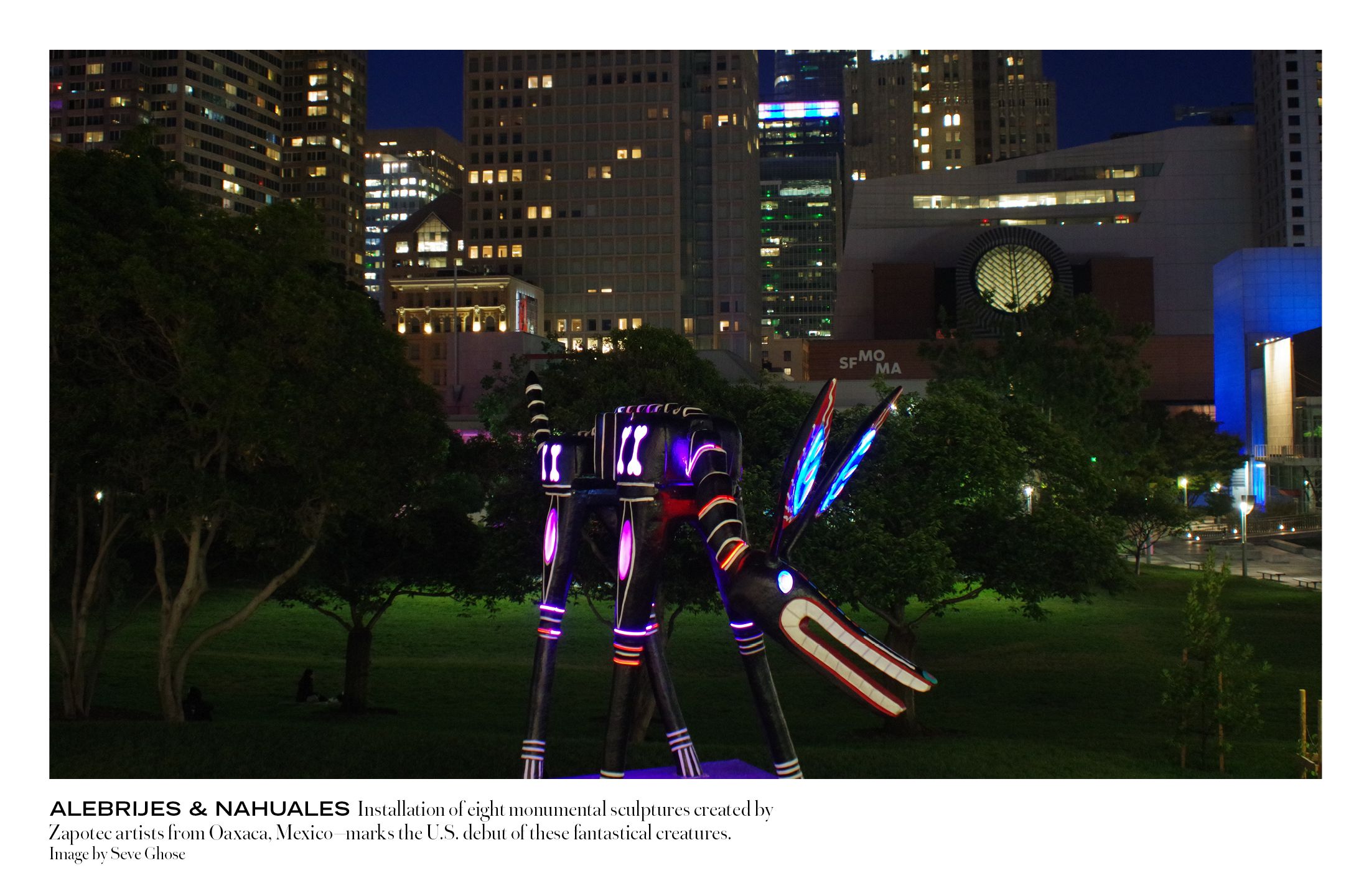
Q: The Alebrijes & Nahuales exhibition has been a major draw. What was the vision behind that?
SG: That installation—eight monumental sculptures created by Zapotec artists from Oaxaca, Mexico—marks the U.S. debut of these fantastical creatures, traditionally handcrafted as vibrant animal figures combining myth and folklore. Installed throughout the Gardens through June 23, the exhibit has captured the imagination of locals and visitors alike, creating a temporary landscape of wonder. It’s the first of many regional and international art displays we plan to bring here. The response has been phenomenal—some social posts have reached over a million impressions. It’s about giving people something unexpected, something meaningful, in the heart of downtown.
Q: What are some of the hidden treasures people might not know about Yerba Buena Gardens?
SG: We have a 120-year-old historic carousel, a bowling center, and an ice skating rink that has produced Olympic medalists like Brian Boitano and Alysa Liu. The Martin Luther King Jr. Memorial is one of only three of its scale in the country. Beyond that, there are surprises throughout—from the papyrus garden to the amphitheaters to tucked-away viewing decks. It’s not just a green space—it’s a living, evolving cultural landscape.
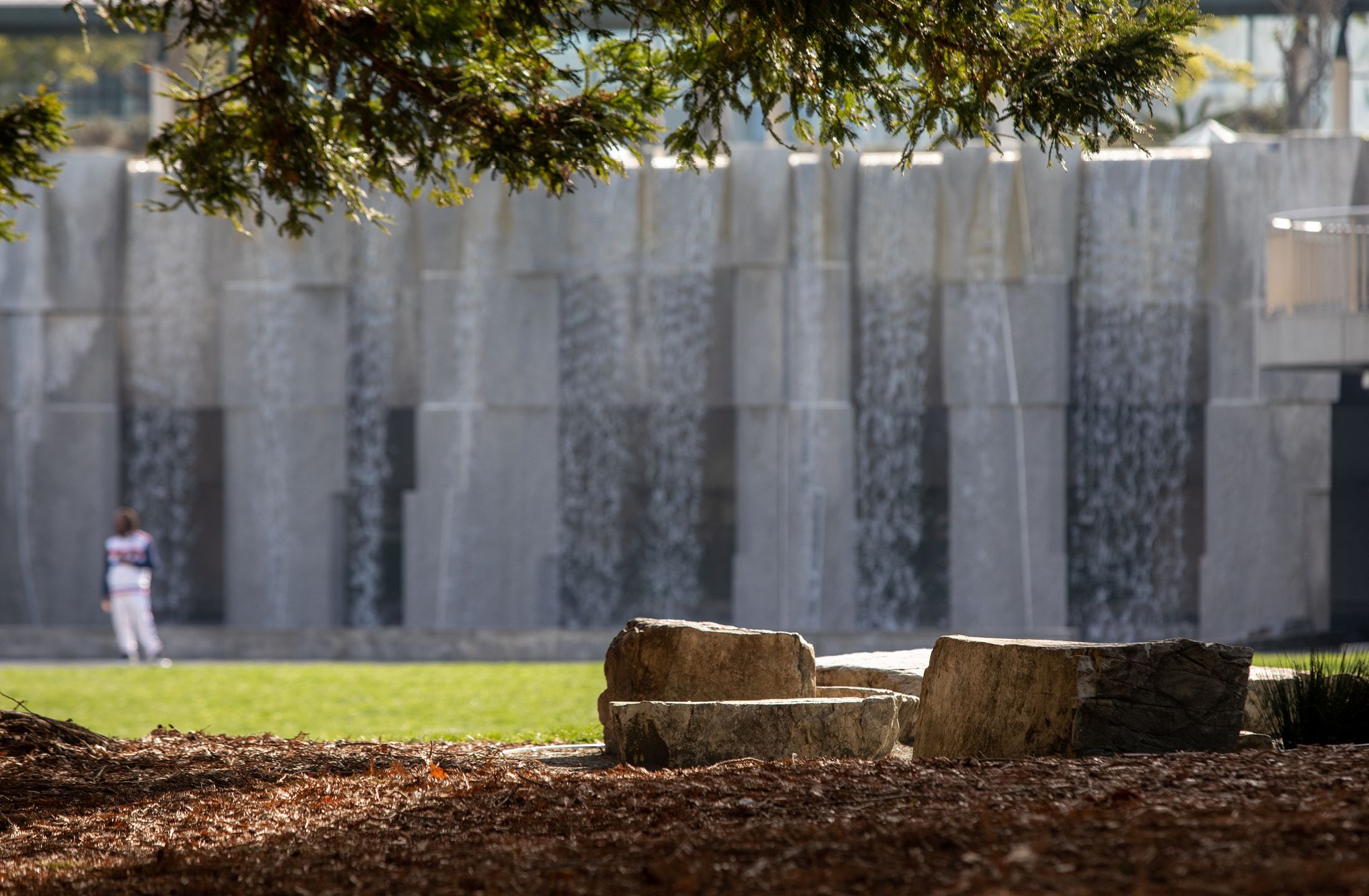
Q: What’s on the horizon?
SG: We’re adding a Rose Garden later this summer—we don’t have roses on the property, and it felt like a universal symbol that belongs here. I’m also deeply committed to honoring the Filipino community, which has been part of this area for over 170 years. Through murals, performances, and installations like the upcoming Vinta sail seating area— inspired by Filipino maritime traditions—we are creating spaces that feel not just welcoming, but rooted in history.
Q: Final thoughts?
SG: When I interviewed for this job, I asked, “Where are the gardens?” So I’ve made it a mission to bring that identity to life—to create true gardens within the Gardens.
We’re not just curating programming, we’re cultivating the place. This city deserves it.